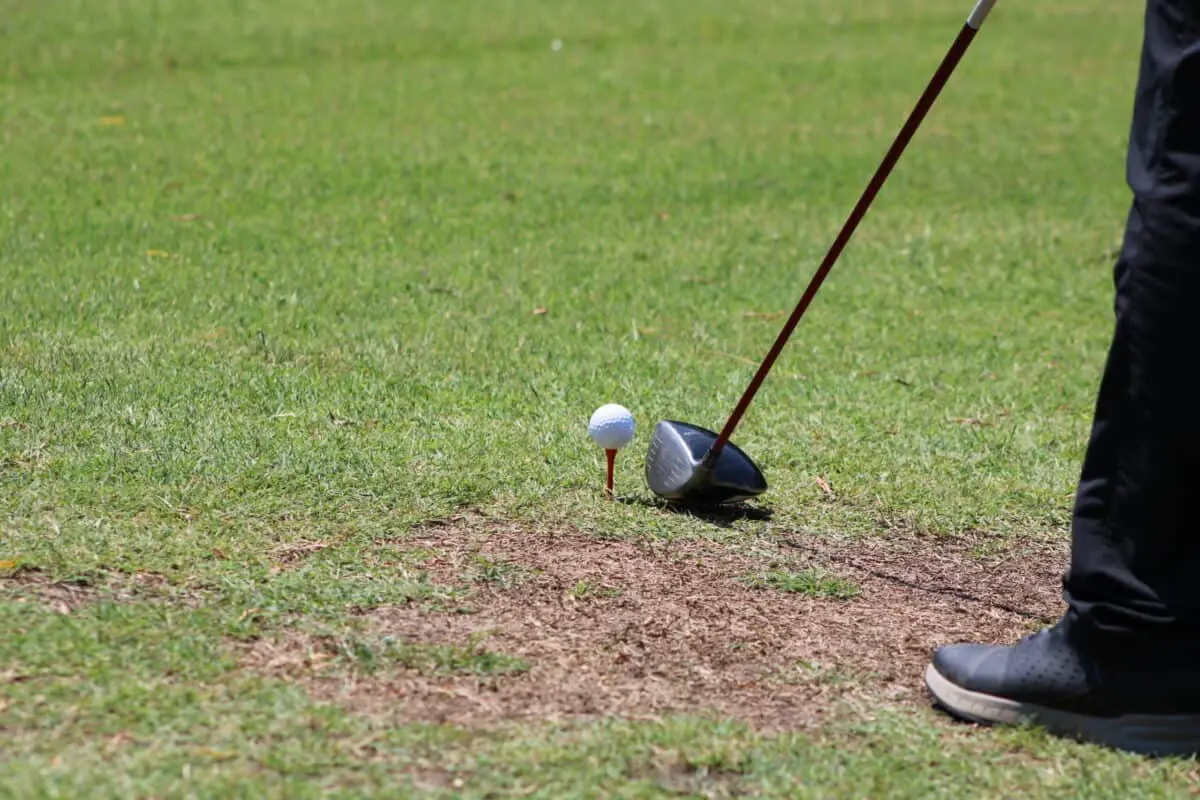TaylorMade has brought back the R series of metal woods after a lengthy hiatus (that’s sarcasm, guys, it’s been a year). The R15 Driver takes SLD-ing weight in the last few years and divides it into two. What makes R15 accessible to players? We have tested some features that can help you out with.

Taylormade R15 Driver – A Quick Look
- 460cc head with low forward CG promotes low spin
- The new front track system performs like a speed pocket reduces spin and increases the size of the sweet spot
- new sliding split weights heel for draw toe for fade 12 points 5 grams each and 4 degree loft sleeve to dial in your launch conditions
- new Fujikora speeder 57 Evolution shaft and Lamkin UTX grip
Following a strong lack of demand for it, for their drivers in 2015, TaylorMade is returning to a white crown. It looks more heel-based with black crown as compared to the white crown. .
There is an average size in all directions— front to back, heel to toe & face height— and it has a round shape that is familiar to TaylorMade fans.
One thing I like is that TaylorMade sticks to the toned-down crown graphics: there’s just a “T” alignment aid, a thin stripe, and some barely noticeable writing around the back.
Sound Quality and how it feels
Same as the looks, TaylorMade R15’s sound quality is a typical match with a modern new driver. It is a metallic crack of tone and volume that is medium.
When it comes to thinking, slipping weights make a huge difference. When swinging with weights the clubhead feels kind of heavy. It feels lighter when separated from the weight.
The way the weights affected the feedback, I was very surprised. I expected the feedback would be dulled down with the weights apart–the “forgiving” setting and the feedback would be enhanced with the weights together.
What I found was that the feedback was average when the weights were split–small mishits felt good, but it was easy to identify larger mishaps.
I felt that the feedback was “wrong” when the weights were together. It is sounded great with smash factors in the range of 1.3 (very poor, indicative of a significant mishap).
I even hit shots that felt terrible but registered smash factors around 1.5 (nearly perfect) and sounded awful. I’d write this off as a personal issue, but two experienced fitters had the same reactions to the sounds being made.
Performance
The low spin feature of The TaylorMade R15 is its biggest selling point. Taking several shots under 2000 RPM shows its highlights. Nonetheless, I also reached some very big spinning shots, which is why you see the average spin above.
Together with the PING G30 and the Callaway Big Bertha Alpha 815 Double Black Diamond, this is likely one of the lowest-spinning drivers of 2015.
If you need to drop spin in order to gain range, the R15 is a driver that you should try, but make sure that you are spinning consistently fast.
The sliding weights make a big difference in the performance of this club. This driver comes up with an average forgiving along with the weights apart.
Forgiving is bad when it’s combined with weight. I even hit shots that were a “good” 1.5 smash factor in both environments.
If you are a driver with average skills then the bottom line of the driver is not for you. If you regularly hit the sweet spot, the R15 might be very good for you.
Conclusion
The TaylorMade R15 is an improvement on last year’s SLDR in some ways, but it still doesn’t deliver the grace to make it suitable for most golfers. Before any purchase , it’s very important to find out good settings.
- Should Tee Boxes Be Level? - January 23, 2024
- 3 Hybrid Distance - November 15, 2023
- Innovations in Golf Mobility: An In-depth Review of Top Golf Scooters - October 12, 2023


